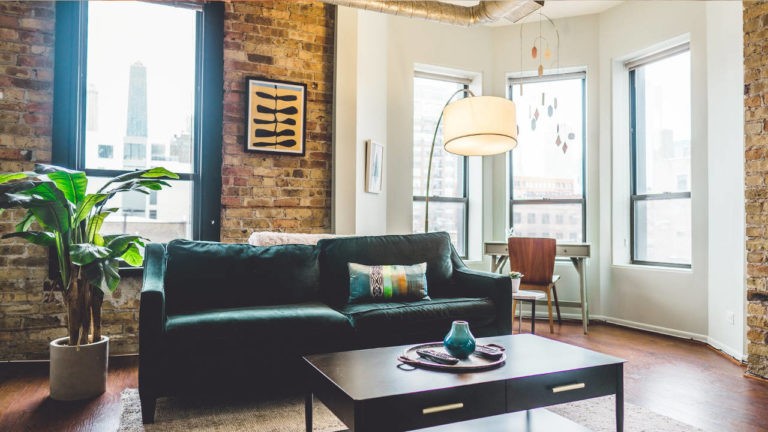When you are first starting out with your financial planning as a young adult, there are a two things you should focus on.
- Have a plan to tackle any debt, like student loans
- Build your savings, including an emergency fund
Saving money as early as you can will only help you in the future. It allows you to have a cushion for unexpected expenses and can earn interest to help build your wealth.
As you start to save, it is important to focus on an emergency fund as one of your top priorities.
What is an Emergency Fund?
An emergency fund is meant to be a savings account designated specifically for emergencies. People sometimes use this differently, but I like to think of this as available cash for extreme emergencies.
Think losing your job, a sudden hospitalization, or an illness that leaves you unable to work for a few months. Would you have enough money to survive paying your bills?
It could also be used for unexpected large expenses, such as a hefty car or house repair. If your hot water heater suddenly dies, you’ll want to have some money to help cover that expense without taking out a loan.
How Much Should You Have Saved?
Financial experts recommend having enough money in your emergency fund to cover three to six months of expenses.
To calculate this, you’ll need to determine your base expenses per month first. Add up all of your fixed monthly costs, such as your rent, food, utilities, and insurance. Include the minimum payment for any debt that you are paying off, like student loans or a mortgage.
This should be the absolute minimum amount of money needed to pay your bills and not go into debt farther. I like to round up a little to make sure you have a bit of a margin if there are other unexpected costs or prices go up.
Once you know your base monthly expenses, multiply that by 6 months to get your goal emergency fund value. By saving that amount, you can feel comfortable being able to cover all of your expenses for at least 6 months if you were to lose your job.
For example, you might determine that you spend $4,000 per month on all of your base expenses. Having six months in your emergency fund would mean $24,000. That might sound like a lot, so your first goal should be to get to 3 months of savings, which is $12,000.
Where to Put Your Emergency Money
The purpose of an emergency fund is to have the money quickly accessible to you in case you need it. This means that it can’t be tied up in investments or take weeks to transfer to your checking account. If you had a sudden expense, medical emergency, or lose your job and need to pay bills, you’ll need that money quickly.
I recommend putting your money in a high-yield checking account where it can earn 0.5% to 1.5% in interest. While still not great returns, that is a lot better than most normal savings accounts that earn somewhere around 0.05% interest.
This will keep your money liquid and make it easy to write checks or transfers that can be quickly used. Tying your money up in stocks, bonds, or real estate can make it much more difficult to access. Plus, there are generally more serious tax implications if you have to sell your investments.
The goal with selecting where to put your emergency fund is to minimize loss due to inflation but keep your money as accessible as possible. It will give you greater peace of mind than having to work through account transfer that can take multiple days or weeks to process.
How to Start Building Your Emergency Fund
The first step to creating an emergency fund is to make it a priority every month. Before you pay for any other entertainment or non-vital expenses, pay yourself.
Create a Budget: To do this, start by creating a budget and tracking your expenses. I like to use Personal Capital to track my monthly budget automatically. By viewing all of your income and expenses in one dashboard, you’ll be more likely to be able to save money every month.
Automatic Transfers: If you find it hard to save money manually, set up your bank account to automatically move the money for you. Every time you get paid, it will transfer the money to your emergency savings account. This will make it easier to not think about and ensure you hit your goal.
Round Up: If you spend money on something, round up to an even number and save that change. For example, say you have an expense of $84, so round it up to $100 and put the $16 into your savings account. Over time, a few dollar here and there will make a big impact.
Keep Your Tax Refund: If you get a tax refund, don’t be tempted to spend it on something fun. Put it towards your savings goals to get there faster.
Finally, just start doing it! If 6 months of savings is too daunting, aim to get your first $500. Then, bump your goal to $1,000, $2000, or whatever you think is attainable.
At the end of the day, having even a few thousand dollars for an emergency is better than nothing.
Can You Have Too Much Emergency Cash?
I strongly believe that an emergency fund is one of the most important financial goals for young adults and newlyweds.
Early in your life is when you are most susceptible to unexpected hardships, expenses, and job transfers. As you’re building your early career, it is more likely that you will want to change jobs and may be without a paycheck for a few months.
When you get married or start to settle down, those first few years can be expensive as you build the life you want. New furniture, entertainment, housing, and starting a family are all some of the costs that can pop up unexpectedly.
By having an emergency fund, even if it is still small, you’ll be better positioned to handle those early years.
However, as you get older and more stable, there is the chance that you might actually have too much cash in your emergency fund. Too much cash will actually cause you to lose money due to inflation over time. You also lose out on the opportunity to invest it at a higher rate.
There are many factors to take into consideration but there might be an opportunity to move some of your cash into investments that will make you more money.
When to Downsize Your Emergency Fund
Here are some situations where it may be possible to reduce the amount of cash you have. If you have 6 months of savings, you could potentially reduce it to 3 or 4 months and invest the rest.
This will help provide a buffer for emergencies while still maximizing your wealth building.
- You are past the bulk of your “settling” expenses like buying a house, starting a family, or buying a car. If you have less opportunity for unexpected costs, you may be able to cut your cash and invest instead.
- You are in relatively good health. If you don’t foresee many large medical expenses, you could potentially downsize. This is a bit tricky to predict, however, since many otherwise healthy people may have accidents or an unexpected illness.
- You have multiple sources of income. The highest risk times are when you have only one income source. If you get laid off that job, you’ll be in more trouble than if you are still making money elsewhere. If both you and your spouse work plus have a side hustle or two, you can feel more secure in having less cash on hand.
For those of you that don’t have an emergency fund currently, don’t worry! Just make it a goal and start working to save a few dollars to improve your financial security.













